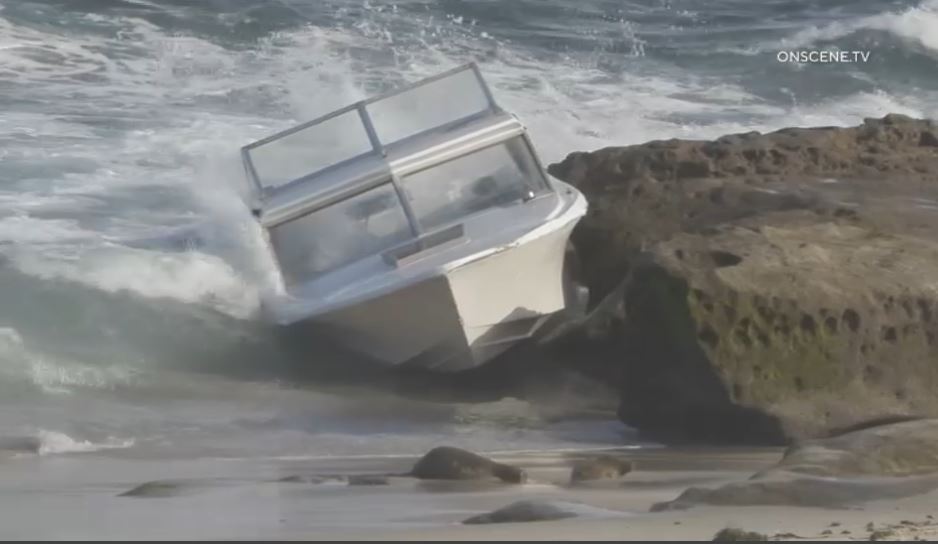After a year of licensing, building and growing, San Diego’s first legal medical marijuana dispensary opened its doors Friday to a line of expectant customers vying for their products.
Visitors were met with a metal detector in front of the door to A Green Alternative on Roll Drive in Otay Mesa. Once inside, they could pick among shelves of 30 pot strains, labeled with names like “OG #1,” “Green Crack” and “Indigo Haze.”
Along the other displays sit edibles, salves and creams, all with some type of marijuana content.
Bob Walder, the dispensary’s chief financial and chief medical officer, said this place will serve as a model for future pot shops throughout the city.
“Everybody’s thrilled. It’s a wonderful day for San Diego and basically for the medical marijuana industry,” said Walder. Medical cannabis has been legal in California since 1996, but it’s taken nearly two decades for the city to approve regulations for its own dispensaries. A Green Alternative is the second legal dispensary in the county.
Owner Dr. David Blair, a San Diego State professor, has gone through FBI background checks, city permitting, zoning and a ground-up building process --spending nearly half a million dollars --to get A Green Alternative up and running.
Over the past year, neighborhood activists brought objections to the planning commission and San Diego City Council, trying to block the store’s opening. Opponents say businesses like this, which are primarily cash-only, bring possible crime. They also worry about the potential for children to get a hold of marijuana.
Local
Blair told NBC 7 the place is fortified more like a bank than a shop, with bullet-proof doors, windows and wall panels. Walder pointed out Friday that their location is also close to the Otay Mesa border crossing, a site heavily patrolled by law enforcement, so a break-in there would not be a “bright move.”
“We want to be completely above board with regards to every piece of the law. Am I worried about somebody coming in to shut us down? No I’m not, simply because we’ve met all of the requirements,” said Walder.
As for the concern about selling to children, city code states the marijuana facility must be at least 1,000 feet from schools, churches or anywhere kids may be. According to Walder, anyone who wants to partake of their goods must have proof of California residency, a doctor’s recommendation and membership to the marijuana cooperative before they can get into the door.
A customer named Andrew was one such person waiting in line Friday. He suffers from degenerative disk disease and has undergone three surgeries to deal with his pain, which sometimes prevents him from getting out of bed. It has forced him to stay on a regimen of opiates that have gradually increased over the years, he said.
“Eventually, I don’t want to be a zombie. And the OxyContin and the oxycodone is far worse than what I’m going to buy here,” Andrew told NBC 7.
He hopes the marijuana will allow him to decrease his painkiller doses.



